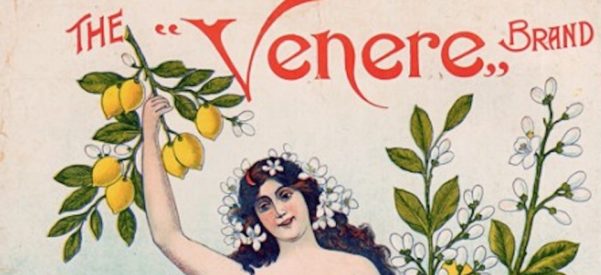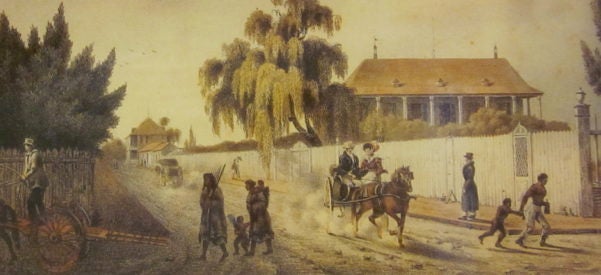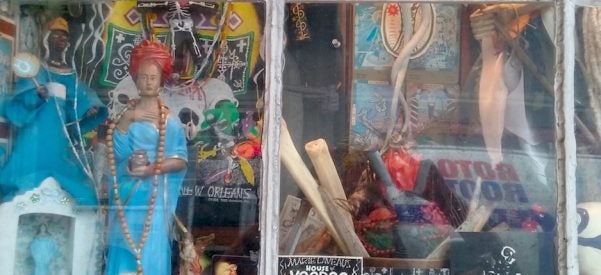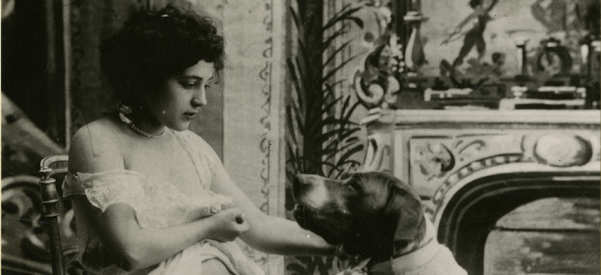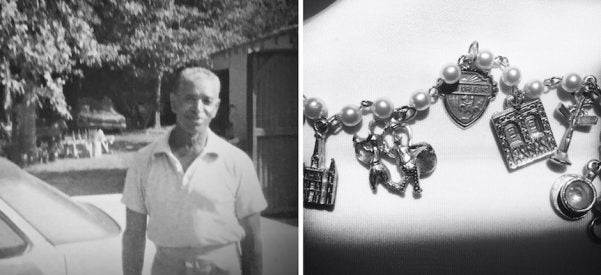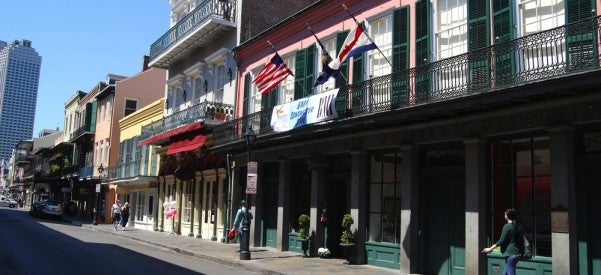How Sicilian Merchants in New Orleans Reinvented America’s Diet
In the 1830s, They Brought Lemons, Commercial Dynamism, and a Willingness to Fight Elites
When I started writing a book exploring the crucial contributions that Sicilians had made to New Orleans food culture, I sat down to talk with fabled restaurateur Salvatore “Joe” Segreto. “You’re not going to do one of those “who killa da chief?” histories, are you?,” was the first question he asked me.
Segreto referred to a familiar catcall heard by Italian kids growing up in New Orleans, forged in the bloody aftermath of the assassination of the city’s police Chief …


